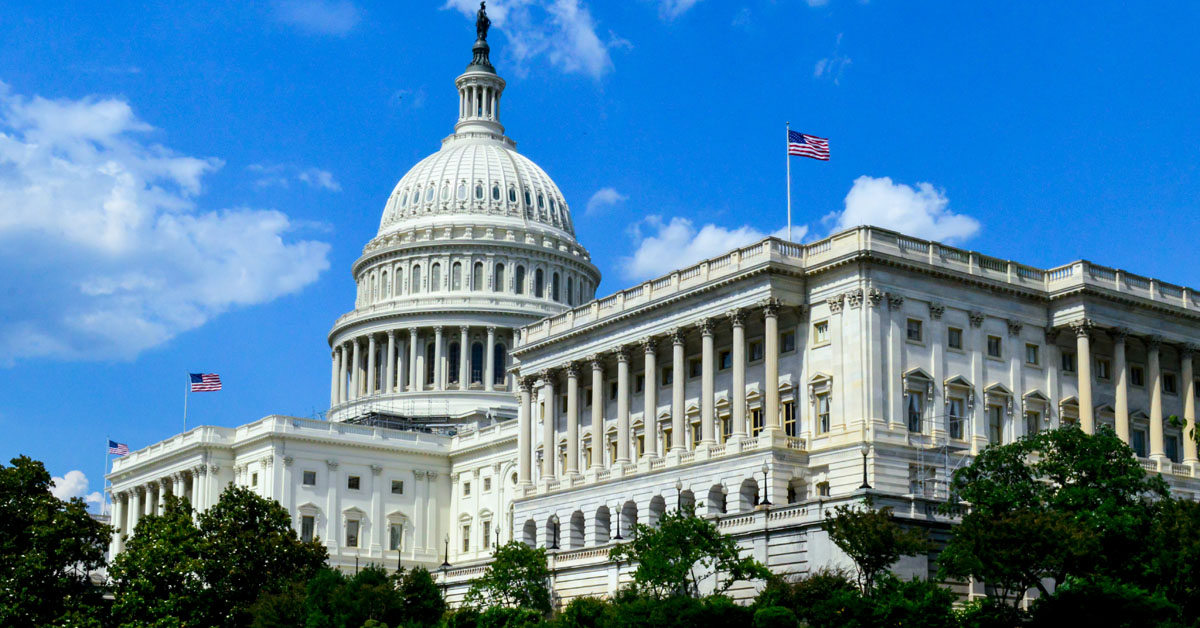
2025 Proposed Hospice Rule Signals Changes
In a rule proposal unveiled in March, the U.S. Centers for Medicare & Medicaid Services (CMS) suggested a 2.6% increase in hospice per diems for 2025. Alongside this increase, the agency put forth two fresh quality measures and slated the 2025 rollout of the Hospice Outcome and Patient Evaluation (HOPE) assessment tool, intending to supplant the current Hospice Item Set.
However, stakeholders within the hospice sphere argue that the proposed increase fails to meet the mark, considering ongoing inflation, interest rates, staffing shortages, and wage escalations.
Proposed Rate Increase
NHPCO COO and Interim CEO, Ben Marcantonio, conveyed, “The 2.6% proposed rate increase for hospices is inadequate to sustain the provision of hospice care amidst mounting cost pressures and workforce challenges affecting hospices nationwide.” He emphasized the necessity of payment rates that accurately reflect current economic realities to uphold the quality of care for patients and their families.
Hospice care reportedly saves Medicare around $3.5 billion annually for patients in their final year of life, according to a collaborative report from NHPCO, the National Association for Home Care & Hospice (NAHC), and NORC at the University of Chicago. The research highlighted that longer stays resulted in the most significant savings, up to 11%.
NAHC Vice President for Hospice Policy Davis Baird expressed disappointment with the modest 2.6% payment rate update proposed by CMS, emphasizing the increasing costs hospices face due to workforce shortages and inflationary challenges.
Brian Tanquilut, an equity analyst for Jefferies Financial Group, noted that while the increase may sustain margins for major hospice companies, providers’ optimal financial strategy lies in bolstering clinical capacity to drive volume.
Request for Information (RFI)
In addition to the payment increase, the proposal featured a series of Requests for Information (RFI) on topics like health equity, social determinants of health, and forthcoming quality measures. The RFIs delved into the utilization of higher-cost palliative treatments under the Medicare Hospice Benefit, indicating CMS’s potential contemplation of changes to how it covers these advanced palliative services.
NAHC President Bill Dombi highlighted the significance of the RFI for high-cost services, suggesting a potential interest from CMS in payment model reform.
Furthermore, the proposal outlined updates to the hospice Consumer Assessment of Healthcare Providers and Systems (CAHPS) survey, including streamlining the survey process and revising existing measures while introducing new ones.
HOPE Tool
The proposal also introduced the HOPE tool, slated for implementation in 2025, after years of development and testing. The tool aims to standardize data collection for the Hospice Quality Reporting Program and potentially inform future changes to Medicare hospice payments.
Katie Smith Sloan, president and CEO of LeadingAge, expressed support for the RFI on payment for high-intensity palliative services and welcomed the introduction of the HOPE tool, acknowledging its potential to enhance hospice care quality.
NHPCO emphasized the importance of careful evaluation of the implementation of the HOPE assessment tool to ensure it enhances, rather than hinders, compassionate hospice care delivery.
Proposal Clarifies
Additionally, the proposal clarified that designated physician members of the hospice interdisciplinary team may certify patients for hospice if the medical director is unavailable.
Source:
Parker J. [UPDATED] CMS 2025 Proposed Rule Signals Changes to Quality Measurement, Omits Program Integrity Actions [Internet]. Hospice News. 2024 [cited 2024 Apr 15]. Available from: https://hospicenews.com/2024/03/29/cms-2025-proposed-rule-signals-changes-to-quality-measurement-omits-program-integrity-actions/?spMailingID=111557&puid=3053106&E=3053106&utm_source=newsletter&utm_medium=email&utm_campaign=111557





